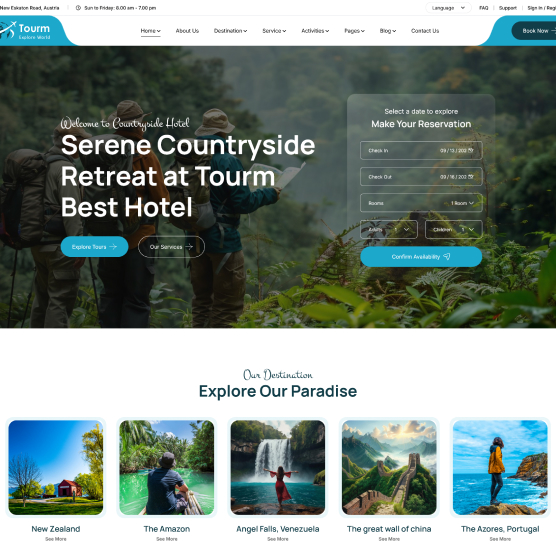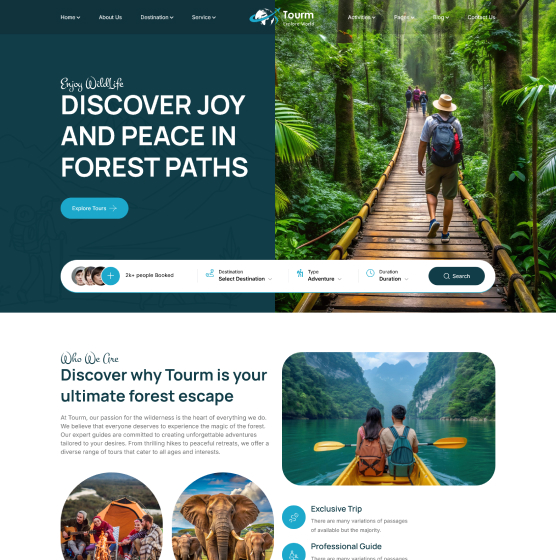The Namib Desert is the oldest desert on Earth. It has a unique landscape and rich history.
In this guide, we’ll take you on a journey through the Namib Desert. Discover its ancient dunes, unique wildlife, and stunning vistas. Learn about the desert’s fascinating history and how it has stood the test of time. Whether you’re a traveler or an armchair explorer, there’s something here for everyone.
The Namib Desert is not just about sand and heat; it is a place of wonder. Let’s dive in and explore the secrets of this ancient land. From its eerie beauty to its resilient flora and fauna, the Namib Desert offers a glimpse into nature’s enduring spirit. Ready to uncover the mysteries of the world’s oldest desert? Let’s begin.
Unique Landscape
The Namib Desert has some of the tallest sand dunes. These dunes can reach up to 300 meters. The red sand is from iron oxide. The wind shapes these dunes in many forms. Some dunes are star-shaped. Others are crescent-shaped. The colors change at sunrise and sunset. The view is breathtaking.
There are many unique rock formations in the Namib Desert. These rocks are very old. Some are over a billion years old. The Sossusvlei area has stunning rock formations. The Deadvlei area has dry, white clay and dead trees. These areas are perfect for photos. The contrast is amazing.
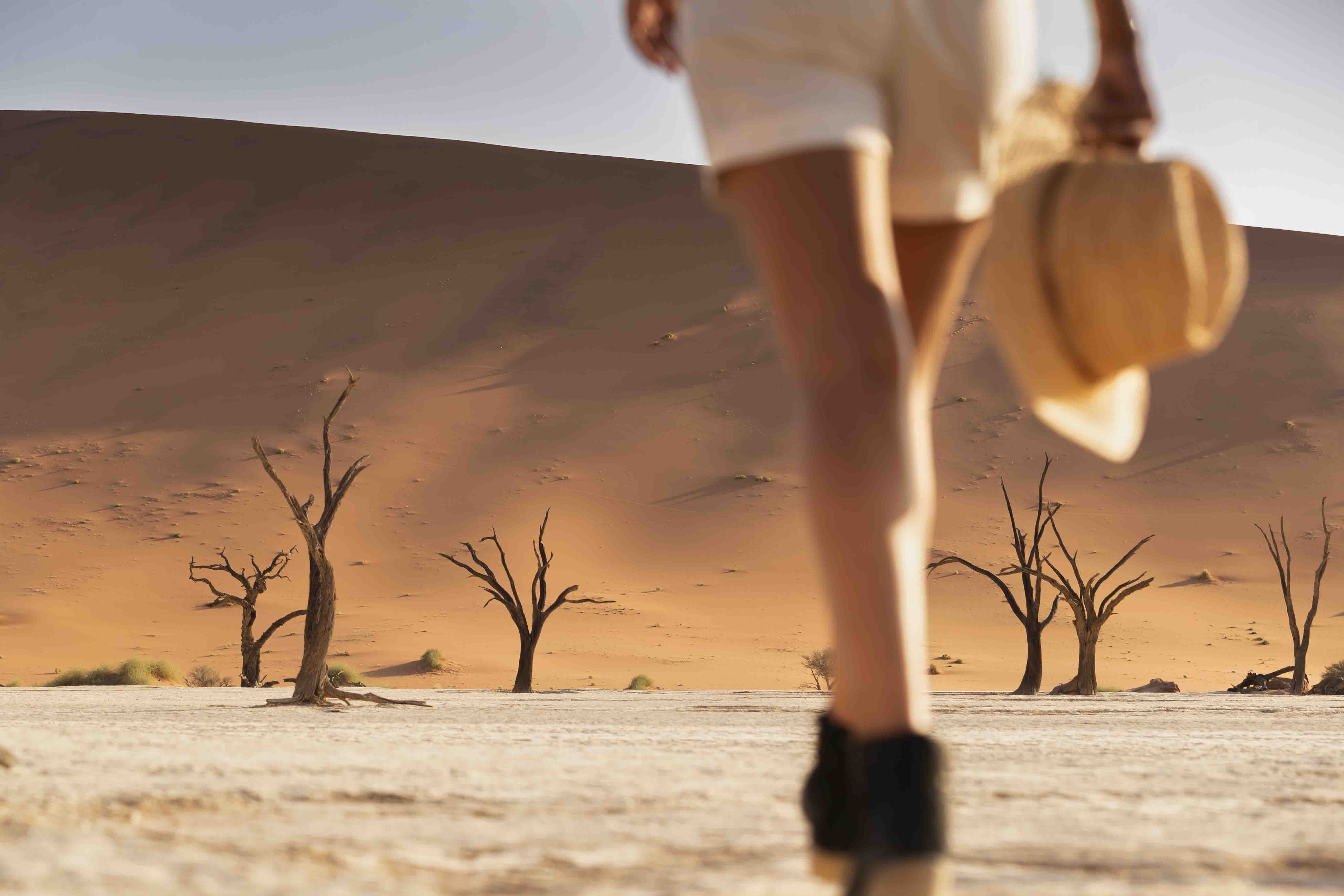
Credit: www.wildernessdestinations.com
Flora And Fauna
Discover the unique plants and animals of the Namib, the world’s oldest desert. Explore its rich biodiversity and stunning landscapes.
Desert Plants
The Namib Desert is home to unique plants. These plants have special ways to survive. The Welwitschia is one such plant. It can live for over 1,000 years. Another common plant is the Nara Melon. It grows in sandy areas. These plants provide food and shade for animals. The leaves of many plants are thick. They store water in them. This helps them survive the dry conditions. The roots of these plants go deep. They reach underground water sources.
Wildlife
Many animals live in the Namib Desert. Oryx are common. They can survive without water for days. Lizards and small rodents are also found here. Desert elephants roam in search of water. They travel long distances. Jackals and hyenas hunt for food. Many birds make their home in the desert. They nest in rocky areas. Some animals come out only at night. They avoid the heat of the day. The Namib Desert is a tough place. But, life finds a way to survive.
Adventure Activities
Dune boarding is a fun activity in Namib Desert. It is like snowboarding but on sand. You slide down big sand dunes. The feeling is exciting and thrilling. You do not need special skills. Just a board and some courage. Sand can be hot, so wear good shoes. Do not forget sunscreen. Enjoy the adventure!
Hot air ballooning gives you a bird’s-eye view of the desert. The ride is smooth and peaceful. The views are amazing. You see vast sand dunes and clear skies. The experience starts early in the morning. The sunrise is breathtaking. A perfect way to start your day. It is safe and guided by experts. An unforgettable adventure in the sky.
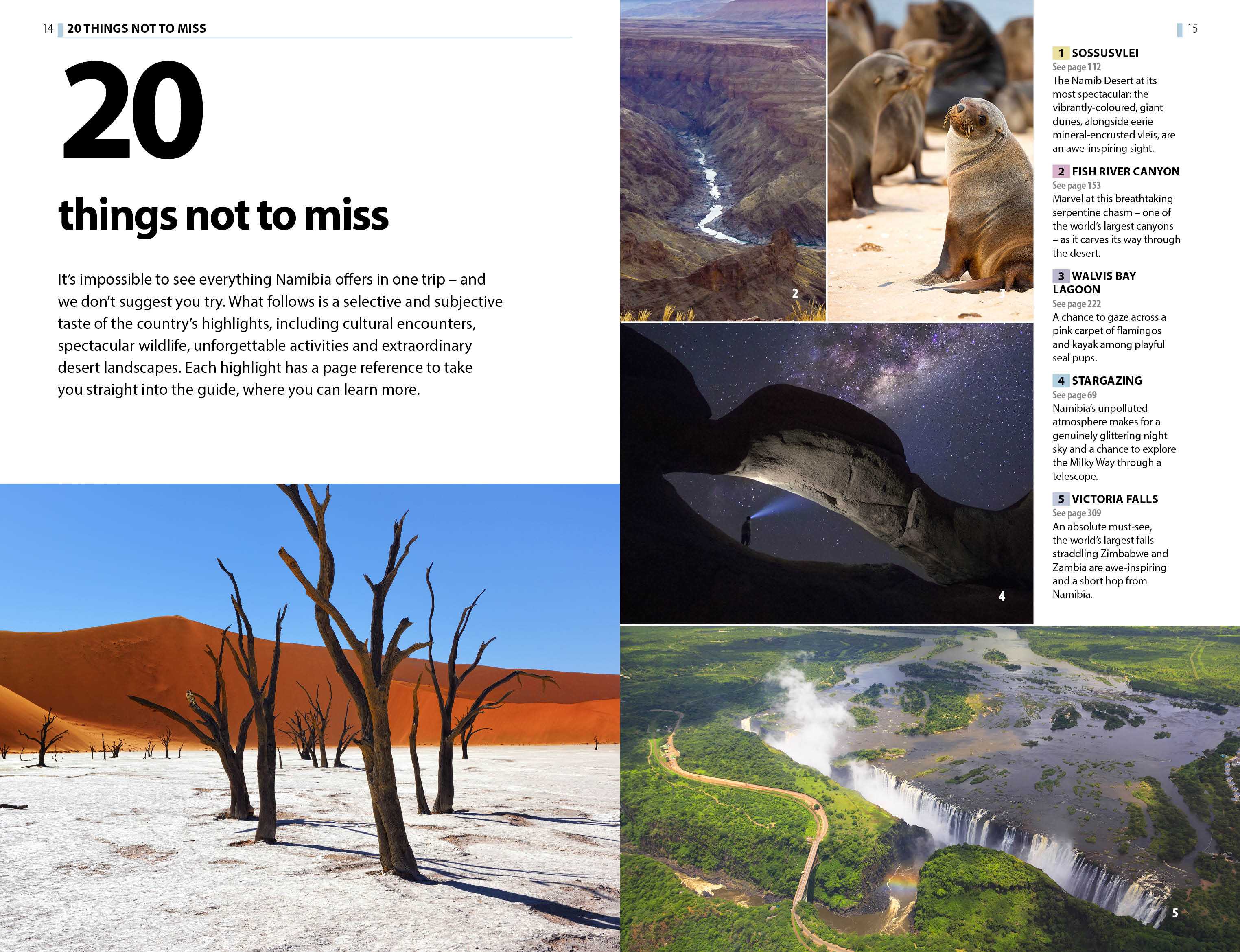
Credit: shop.roughguides.com
Cultural Experiences
The Himba and San people live in the Namib Desert. They have rich traditions. The Himba are known for their red ochre skin. This gives them a unique look. The San people are famous for their ancient rock paintings. Visiting these tribes offers a glimpse into their daily lives. You can learn about their customs and stories. It’s a special experience.
The Namib Desert is home to many traditional crafts. You will find beautiful beadwork and handmade pottery. These items are made with great care. Local craftsmen and women use skills passed down through generations. Buying these crafts supports the community. It’s a way to take a piece of the Namib with you. These crafts are unique and special.
Travel Tips
The best time to visit the Namib Desert is from May to October. This period offers cooler temperatures and less rain. It is perfect for outdoor activities. The days are warm, and the nights can be chilly. Bring a jacket for the evenings.
Pack light, breathable clothing for the day. Comfortable shoes are a must for exploring. Sunscreen and a hat are essential to protect from the sun. Don’t forget a reusable water bottle to stay hydrated. Sunglasses are important to protect your eyes from the bright sun.
Accommodation Options
Namib Desert has many luxury resorts. These resorts offer stunning views. Guests can enjoy top-notch service. Rooms are spacious and comfortable. Many resorts have pools. Some have spas too. Fine dining is available.
Staying here feels special. It’s a great way to relax. Many people love the unique experience. The desert setting is magical. Sunsets are breathtaking. Nights are peaceful and quiet. Perfect for a memorable stay.
For those who love nature, camping sites are a great choice. These sites are close to the desert. Campers can see the stars at night. It’s an amazing view. Many sites have basic facilities. Some offer guided tours.
Camping is a fun adventure. It’s affordable too. Enjoy the fresh air. Wake up to the sunrise. Feel close to nature. Perfect for families and friends. A great way to explore the desert. Many people find it exciting.
Conservation Efforts
Protecting wildlife in the Namib Desert is crucial. Many animals face threats. Some are endangered. Rangers work daily to keep them safe. They track animal movements. They also guard against poachers. Fences help keep animals in safe areas. Special zones are created for breeding. This helps increase their numbers. Plant life is also protected. It provides food and shelter for animals. Conservation is an ongoing effort. Every small action counts.
Sustainable tourism supports conservation. It helps keep the desert beautiful. Tourists learn about the desert. They see its beauty up close. Guides teach them how to respect nature. Visitors are asked to leave no trace. This means taking all trash with them. Staying on marked paths protects plants. Small steps make a big difference. Tourists help fund conservation efforts. Their visits support local jobs. This balance is key. It allows people and nature to thrive together.
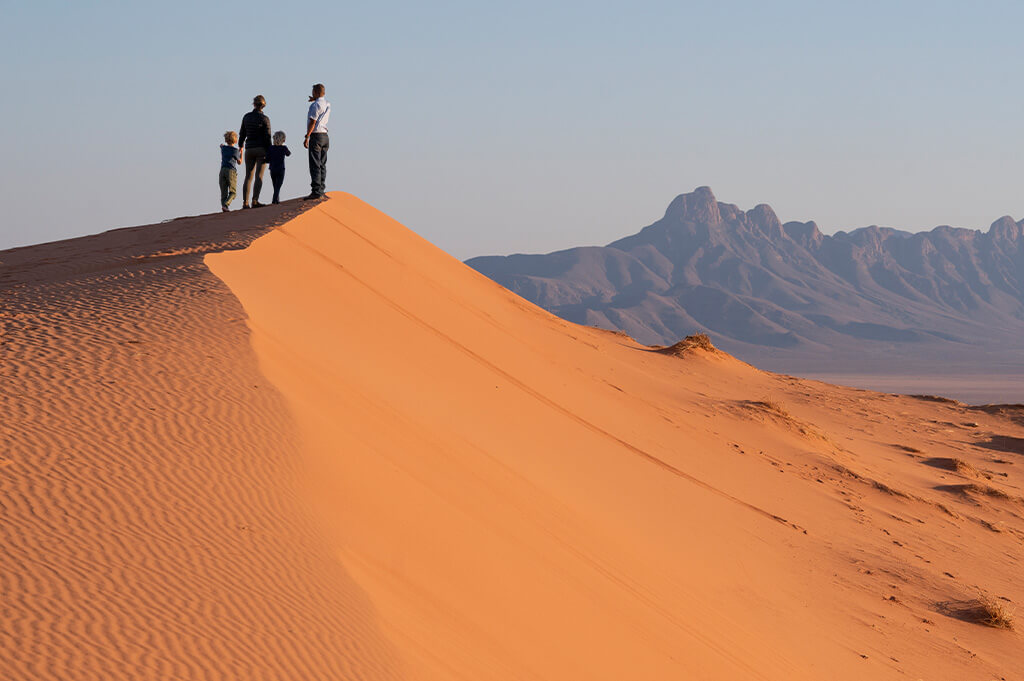
Credit: naturalselection.travel
Frequently Asked Questions
Why Is The Namib The Oldest Desert In The World?
The Namib is the world’s oldest desert, dating back at least 55 million years. Its age results from continuous arid conditions.
What Is So Special About The Namib Desert?
The Namib Desert is unique due to its age, being one of the oldest deserts. It features stunning landscapes, diverse wildlife, and massive sand dunes.
What Are The Problems In The Namib Desert?
The Namib Desert faces extreme temperatures, water scarcity, and limited vegetation. Wildlife struggles with harsh conditions and habitat loss. Human activities and climate change exacerbate these problems.
Is The Namib Desert Hot Or Cold?
The Namib Desert is both hot and cold. Daytime temperatures can be scorching, while nights can be very chilly.
Conclusion
The Namib Desert offers a unique and unforgettable experience. Its ancient dunes and rich wildlife create a stunning landscape. Travel through time in this oldest desert on Earth. Enjoy breathtaking sunsets and starry nights. The desert’s beauty and history will leave you in awe.
Plan your visit to explore this natural wonder. It promises adventure and tranquility. Discover the magic of the Namib Desert. Make memories that last a lifetime. Your journey awaits!







